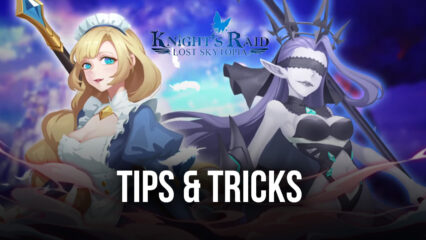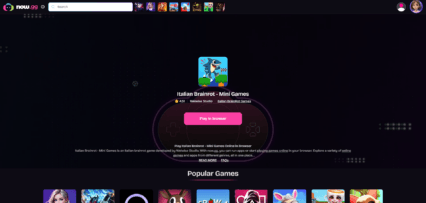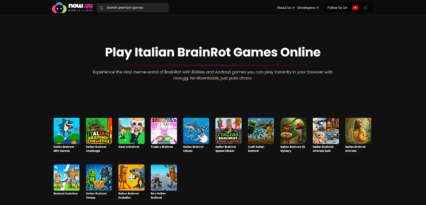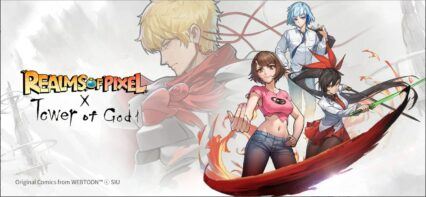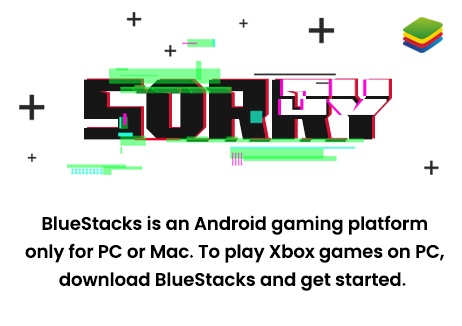A Beginner’s Guide to Three Kingdoms: Card Clash

Three Kingdoms: Card Clash introduces a tactical style of gameplay built around grid positioning, hero cards, faction-based synergies, and base defense. Instead of relying on automated combat, the game uses turn-based actions, movement rules, and strategic placement to determine the outcome of battles. New players are introduced to these systems gradually, but the depth of tactics becomes clear as soon as enemy units begin threatening the city’s wall.This guide explains all the essential systems, from hero selection to gear management, battle flow, faction identity, and the overall progression structure. It is designed to help new players understand how to build stronger decks, use their resources correctly, and navigate both the story chapters and PvP ranking modes with confidence.
Understanding the Grid-Based Combat System
Combat is the core of the game, and it takes place on a rectangular grid where both sides place their units. Every action costs Action Points, so correct movement and timely attacks determine how efficiently you can defeat the enemy before your wall collapses. Player units are represented by blue cards, while enemy cards appear in red, making it easy to read the battlefield.Each unit has its own stats, and the placement of units determines who gets attacked first, who blocks which tile, and how effectively you can push through enemy lines. The grid is not just a formality; every square matters. Moving a unit to intercept, protect, or flank can save your wall from taking damage.

Action Points and Turn Flow
Every move, attack, or repositioning consumes one Action Point. This forms the foundation of tactical decision-making. If you spend too many points moving, you might delay an attack. If you attack prematurely, you may leave an opening for the enemy to break through. The player ends their turn once all desired actions are taken, after which the enemy performs its actions. This alternating structure makes planning essential. A battle is not about raw strength alone; it is about how efficiently you use your limited actions.

Understanding Wall Durability
Your wall represents the defensive strength of your city. In both story battles and PvP, the match ends if your wall’s durability reaches zero. Enemy units will attempt to reach the bottom of the grid to strike the wall each turn.This means early disruption is more effective than full clearing. Position units to intercept or eliminate enemy threats before they advance too close. Certain heroes and gear also influence wall durability by reducing incoming damage or increasing defensive stats, making this resource one of the most important mechanics for beginners to understand.

Choosing Factions and Building Your First Deck
The game divides heroes into four factions: Wei, Shu, Wu, and WL. Early on, players often receive Wei heroes such as Cao Cao, Guo Jia, Xu Chu, and Zhang Liao. Faction choice affects the starting deck in story chapters and influences long-term strategy.Beginners should focus on a single faction at first. This improves shard efficiency, allows faster ranking of key heroes, and helps maintain a clear identity in battles. Decks consist of six hero cards, each contributing stats, tactics, and roles such as frontline defense, disruption, or ranged pressure.

Hero Stats, Ranks, and Tactical Skills
Each hero has five major stats: Strength (STR), Intelligence (INT), Politics (POL), Leadership (LDR), and Troops (TRO). These stats determine damage, survivability, skill potency, and other combat effects.Heroes also gain access to tactical abilities as their rank increases. These abilities include defensive skills, targeted skills, city-based effects, or special battlefield manipulations like summoning objects or altering tile states. Ranking up heroes unlocks deeper mechanics, so it is important to invest resources into a few core units rather than spreading upgrades too thin.

Progressing Through Story Chapters
Story progression is divided into volumes, each with its own narrative context and a “Defeat the Enemy” objective. Players encounter increasingly complex enemy layouts, and certain chapters allow players to choose their destination, which determines the starting faction for that storyline section.Completing chapters grants hero shards, resources, and access to new features in the game. Beginners should complete all available chapters to unlock more heroes and expand the list of available strategies.

Using the Mall, Chests, and Monthly Passes
The Mall offers several progression tools. Chests are the most common, providing resources or hero shards in exchange for green tokens. Card Shard Chests are particularly useful early on, as they accelerate hero acquisition and upgrades.Monthly passes, such as the Privilege Monthly Pass and Resource Monthly Pass, offer daily supplies of premium items, coins, and shards. While optional, these passes represent a steady source of materials for players who want consistent growth without relying on random drops.

Understanding the Battle Pass
The Battle Pass allows players to earn tiered rewards by completing daily activities. Only the free column is available by default, while the Basic and Deluxe passes unlock larger quantities of green tokens and coins.For new players, simply participating in battles and interacting with core systems is enough to level the pass. The Battle Pass resets on a fixed schedule, ensuring a continuous cycle of obtainable rewards throughout regular play.

Managing Gear and the Fusion System
Gear plays a substantial role in enhancing a hero’s combat efficiency. Each piece of gear offers stat boosts and unique passive effects, such as reduced wall damage or protection from skill removal. Items are categorized by type: Weapon, Armor, Mount, Tome, and Accessory.Lower-quality gear can be fused into higher-tier versions through the “Fuse All” feature, helping players clear out inventory clutter. Beginners should review each gear’s passive carefully, as the right combination can significantly improve both offensive and defensive capabilities.

Using the Chat and Social Systems
The in-game chat provides access to world chat and friend messages. Players across the region exchange advice, discuss strategies, and coordinate rankings. The translation button allows cross-language communication, making the community accessible even if players speak different languages.Staying active in the chat can also help beginners understand the evolving meta and interact with top-ranking players who openly share insights.

Climbing the PvP Rankings
Ranked battles place players in server-wide ladders. Each match contributes or subtracts championship points, determining leaderboard placement. Players from different factions compete within the same pool, and rankings update in real time.Beginners should focus on stable decks with reliable frontlines and consistent damage rather than complicated setups. As gear improves and tactics unlock, players can begin climbing into higher divisions and challenging stronger opponents.

Three Kingdoms: Card Clash offers a structured but tactically rich gameplay experience built around grid-based combat, resource management, and faction identity. By learning to place heroes correctly, manage Action Points, prioritize defensive positions, and invest wisely in key units and gear, beginners can quickly adapt to the game’s strategic depth.
Progressing through chapters, experimenting with decks, and participating in ranking battles gradually unlocks more advanced mechanics. With consistent play and an understanding of each system, new players can build a strong foundation and compete effectively across both PvE and PvP content. For the best gaming experience, play Three Kingdoms: Card Clash on BlueStacks!




